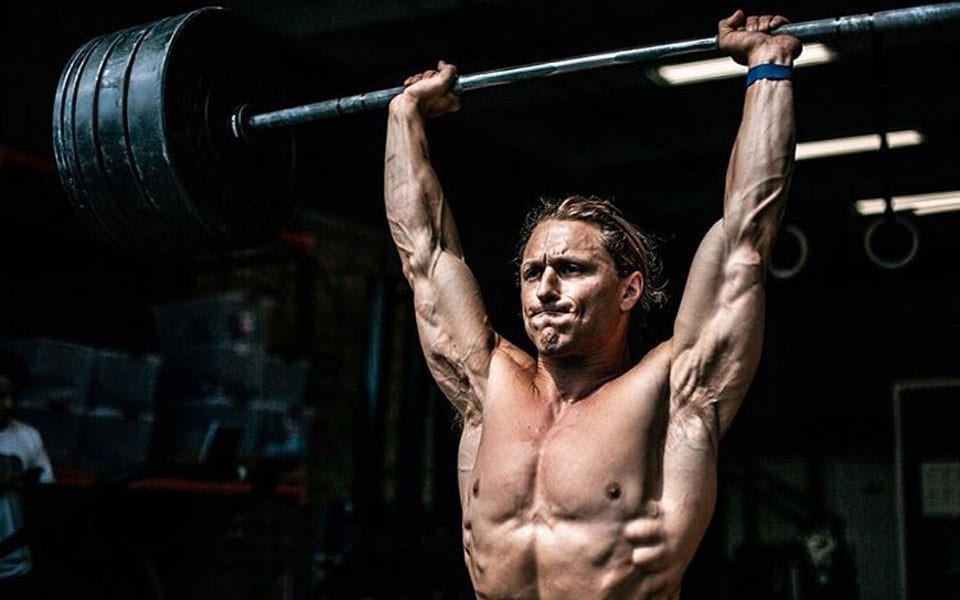No pain, no gain. Wimps don’t win. Sweat is weakness leaving the body. We’ve all heard the mantras, but while they might help you push through the last reps of a shake-inducing set, research by prominent fitness scientist Brad Schoenfeld suggests we shouldn’t live by them (or at least, that we shouldn’t consistently train to failure).
How did he reach this conclusion? Essentially, the University of New York City scientist (and Instagram muscle building coach), seeing that training to failure is a hugely popular technique (due to its perceived ability to produce hypertrophy, the process by which repeatedly stressed cells get bigger) decided to conduct a study in conjunction with Jozo Grgic, a researcher from Victoria University Melbourne.
The study was then published in the Strength & Conditioning Journal, outlining the practical implications of training to failure on hypertrophy.
Brad then took to Instagram to enlighten the over-enthusiastic but uninformed gym bros (read: us) of the world what exactly the deal is. And, in news that might come as a painful shock to anyone that has been consistently killing themselves in the gym, it turns out training to complete failure is not the best way to build muscle mass.
That’s not to say you should never do it (or that you should never come close to it); as with many things, the answer lies somewhere in the middle. As Brad puts it, “With most applied exercise topics, the answer is nuanced.” As for the findings themselves, this is what he had to say:
“Factors such as age, training experience, relative magnitude of the load, and type of exercise (single vs compound, free weight vs machine) all must be considered. Importantly, the use of failure training doesn’t have to be an either/or choice: you can periodize its implementation over the course of a training cycle.”
The ultimate conclusion, however, was no: there is no evidence to suggest training to failure increases hypertrophy (when compared to similar routines which stop a couple of reps short of complete failure). And as Brad points out on Twitter, his study is not the only one to show this.
Intriguing findings: Non-failure training elicited greater increases in hypertrophy compared to training to failure https://t.co/9r8M1HJQdA
— Brad Schoenfeld, PhD (@BradSchoenfeld) July 13, 2019
But don’t go drawing any lazy conclusions: Brad yesterday assured his 169k followers that this is not to say that you will build more muscle by working out light; it is to say that training consistently to complete failure is not smart either.
As for how to get that goldilocks weight ratio that will see you smashing PB’s faster than a powerlifter drinks his pre-workout? Check out the following articles.
